Use Camera Angles to Supercharge Your Novel
Last week we took a brief look at camera angles and how they can be used to subconsciously imply either a victim or victor mentality, among other things. Novelists can learn much from the way filmmakers position the camera, for it’s not just about which camera shot to use but the angle from which the shot is taken. That is also of key importance and can and should be integrated into an image system.
Tilt Your Camera
Do you have a scene in which your character feels defeated or oppressed by another character? Picture that scene in your mind. Now shift the camera so that your POV character is in a lower location than your antagonist (or whatever “antagonizing” element is bearing down on her—it could even be the burning sun above her). Instead of having both characters on equal playing ground, such as sitting at a table drinking coffee, what about having your “oppressed” character beneath a balcony or at the bottom of a set of stairs on which the antagonist is placed. What if she has to look up, strain her neck, to see him or speak to him?
Think about this character’s arc for the novel. Does she start out defeated and end up victorious in her plot goal for the book? Can you think of how your earlier scenes could be “shot” at times with the camera perspective tilted to emphasize her vulnerability, impotency, feelings of inadequacy and failure? Then picture a scene or two in the middle, as she’s overcoming obstacles and faces them “head on” rather than looking up from a low position. And in the final scene or two, she can be looking down on the fruits of her victory from an elevated place, physically and emotionally.
At the Top of the World
What if you have a character who feels victorious, on top of the world? Why not place him “on top of the world” at some high place in the setting—the roof of a building or the crest of a mountain? In a scene in my novel Intended for Harm, Reuben, the firstborn son who loves rock climbing, ascends a mountain peak and looks out on the world, reflecting on his life as he’s graduating high school. What follows is a huge moment of revelation about his place in his family and his dreams for the future (a panoramic “big picture” spread out before him). This is where he also connects with the love of his life and future wife, that moment all wrapped up with the panoramic view of the world at his feet, all his for the taking.
I chose that locale very specifically, as well as the camera shot, to get this deeper symbolism and effect. It is not only Reuben’s “high moment” (pun intended) for the scene; it is also the high moment in his character arc.
Use a Final Angle to Make a Statement
I have no doubt that almost everyone who saw the classic movie The Planet of the Apes (1967) remembers the powerful final moment when Taylor falls down on the sand, staring up at something in horror and shock. How we all gasped when the camera pulled back to reveal the Statue of Liberty. There is one thing, though, you may not remember, and that’s the angle of the Pull Back camera shot. Take a look at this excerpt from the screenplay to refresh your memory:
CLOSER ANGLE – TRACKING WITH TAYLOR AND NOVA.
As they round the promontory, the tip of a strange rock formation comes into view. It appears to be jutting from the sea.
420 REACTION SHOT – TAYLOR
He reins in momentarily, baffled by what he sees. Then he rides on.
421 THE STRANGE FORMATION – AS SEEN BY TAYLOR
An immense column juts from the beach at a thirty-degree angle. We can now see that it is not rock, but metal. Green metallic tints show through its gray salt-stained surface. As we draw closer, the object takes on the appearance of a massive arm, its top shaped like a hand holding a torch.
422 REVERSE ANGLE – FAVORING TAYLOR
Frowning with consternation. His horse proceeds at a slow walk.
423 TRACKING WITH TAYLOR – WHAT HE SEES:
Near the base of the column, where the shore and water meet, are a row of metal spikes. From this angle they look like tank traps.
A-423 CLOSER – TAYLOR
Dumbfounded, he slides from his saddle, approaches the spikes. Nova dismounts and follows him.
TAYLOR
(a cry of agony)
My God!
He falls to his knees, buries his head in his hands. CAMERA SLOWLY DRAWS BACK AND UP to a HIGH ANGLE SHOT disclosing what Taylor has found. Half-buried in the sand and washed by the waves is the Statue of Liberty.
FADE OUT
THE END
Notice the angle of the camera in that last shot. The script reads: “He falls to his knees, buries his head in his hands. CAMERA SLOWLY DRAWS BACK AND UP to a HIGH ANGLE SHOT disclosing what Taylor has found. Half-buried in the sand and washed by the waves is the Statue of Liberty.”
Why the high angle shot looking down? Wouldn’t it have been much more imposing to use Taylor’s prostrate POV and look up to this massive statue with its heavy import? I’m thinking the writer considered that. But a couple of useful things are accomplished by this angle. First, it puts Taylor in the appropriate defeatist, vulnerable position. With this bit of knowledge, Taylor has lost all hope and has been defeated. As we’ve seen, this is what’s implied when the camera angle looks down on a character. From this angle we can see both enough of the statue to recognize it and Taylor, now small and fallen. A POV shot would not have captured both. And second, we get an artistic angle of the statue rising up in defiance and endurance, with the sand and water enwrapping it, almost giving the sense of it emerging from burial. In effect, it is saying this is a truth that may not be forgotten or ignored.
So think about not just the camera shot you need to use for each segment but also keep in mind your core idea and themes for your book—your image system—and find ways to use repeated, specific angles to supercharge your story.
This week, think about the ideas and elements you came up with last week for your movie poster. Now think about some scenes in your novel in which you can tilt your camera to reflect the self-image, mood, or life situation of your character. For a challenge, pull out a random scene and see if you can find a way to add or alter something in that scene that will incorporate some of the elements of your image system. Share some of your observations and ideas in the comments!


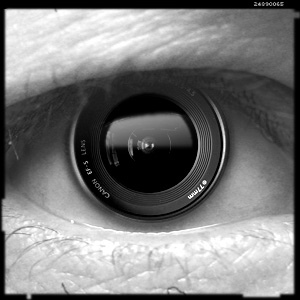
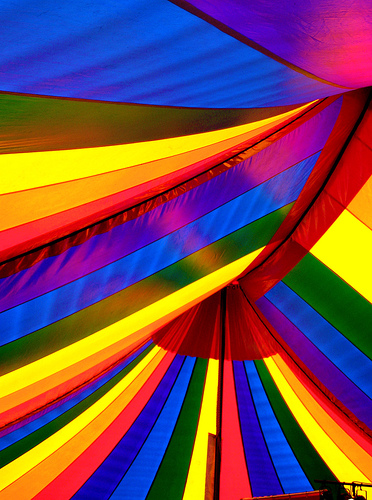
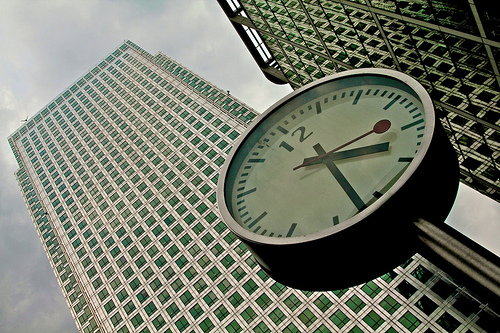
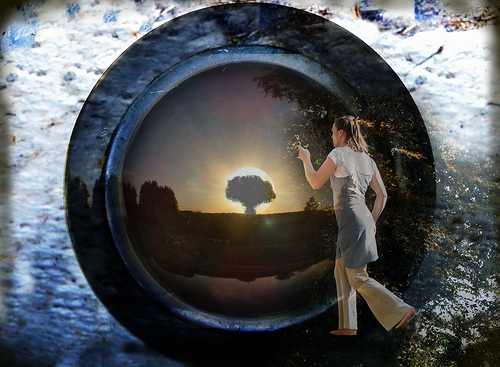
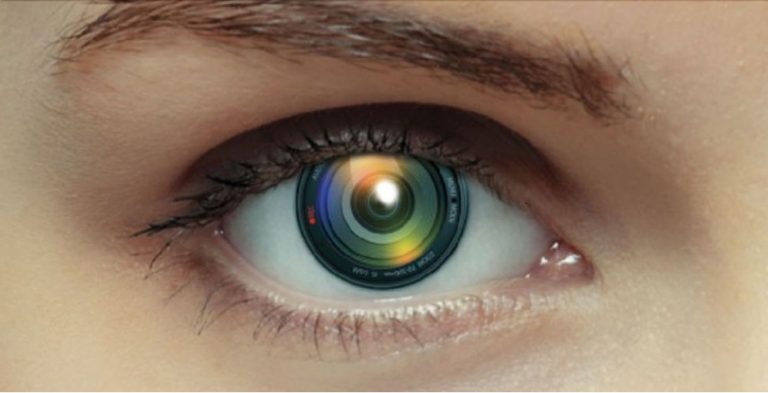
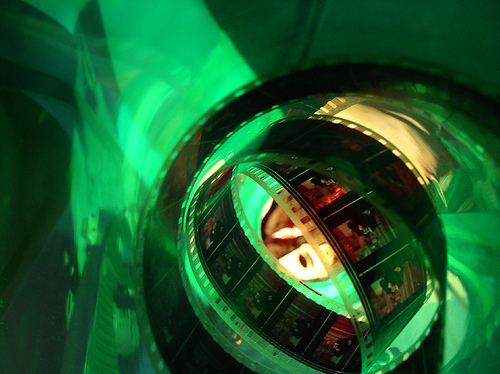




This is a brilliant way to illustrate the camera angle POV concept. I consider Planet of the Apes one of the BEST movie endings in cinematic history, and your analysis has really brought the concept into sharp focus (pun intended). Physical height can and does inject a sense of victory into a scene (just as the opposite works to convey a feeling of defeat and bewilderment). Thanks for this helpful post!